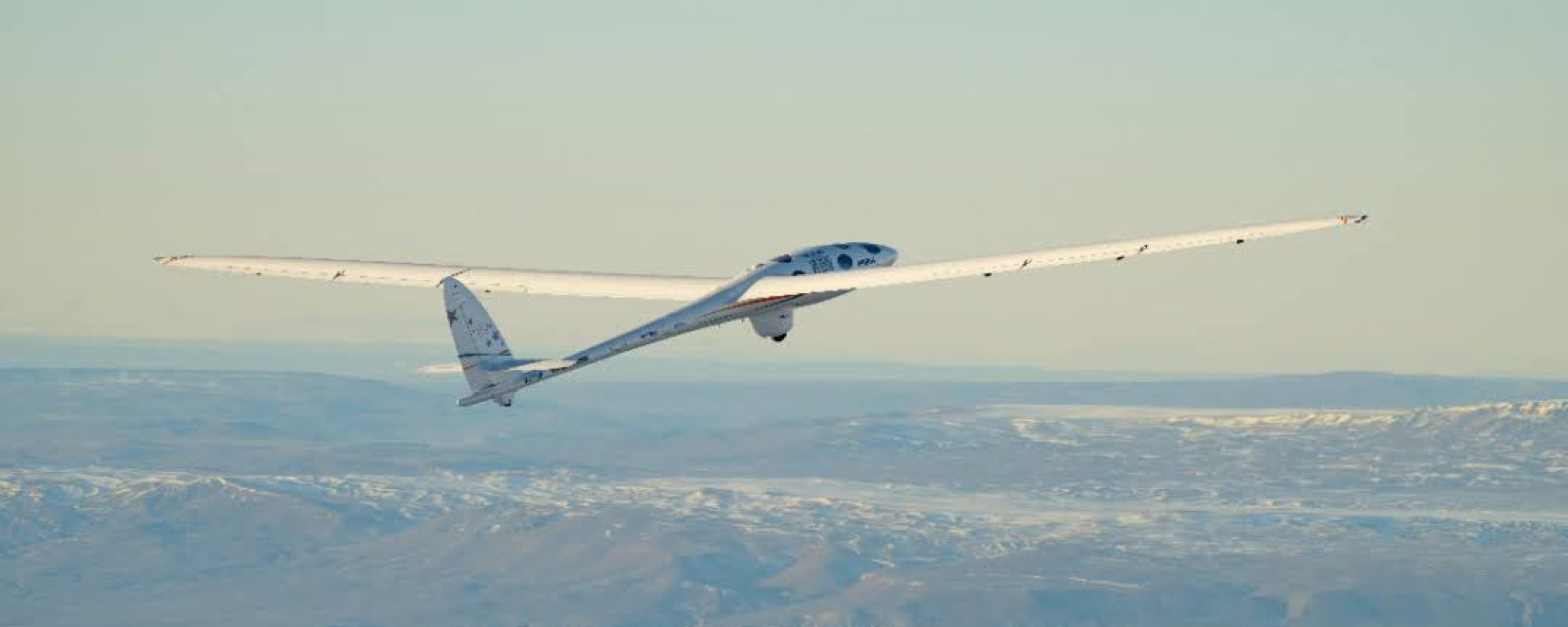The experiments were launched in the form of CubeSats–small, individual experiment packages that occupy a relatively small space in the glider’s payload compartment. Construction of the experiments was led by two Kansas teachers who attended a 2022 Teachers In Space workshop at the Cosmosphere.
The Perlan Project is a nonprofit organization that aims to learn more about the upper atmosphere by launching a glider to record-breaking heights. Although the crew cabin is pressurized, the glider also has the ability to carry small experiment packages in an unpressurized compartment, including one experiment from Holy Cross Catholic School in Hutchinson, Kansas and one from Turner Elementary in Kansas City, Kansas. Perlan II’s most recent flights took place in late July and early August of 2023, attempting to fly to heights where the air pressure is similar to the atmosphere on Mars.
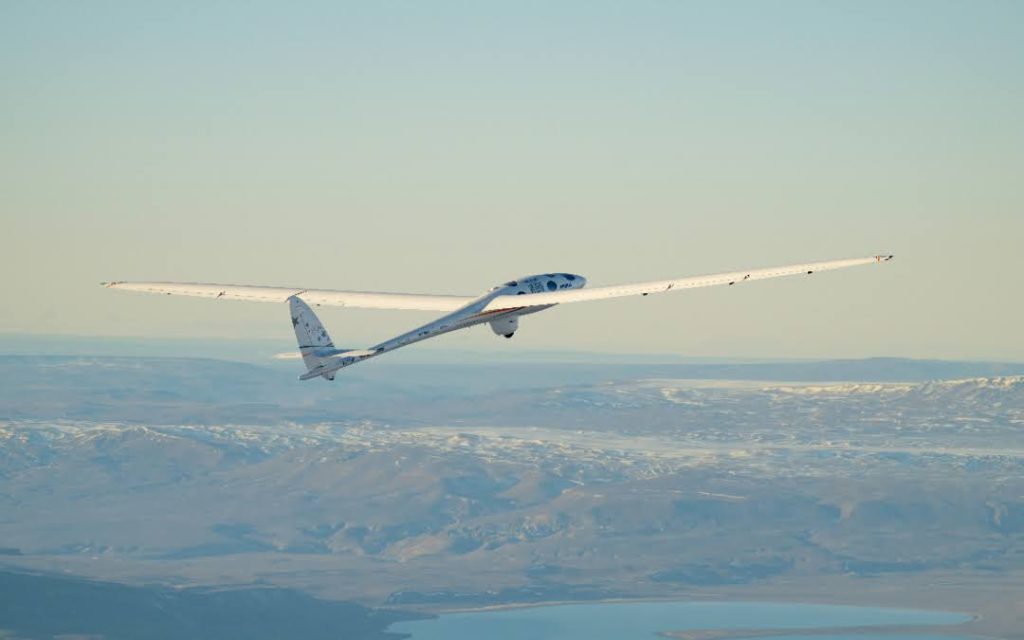
Stephanie Banning’s students at Holy Cross Catholic School in Hutchinson, Kan. created an experiment which tested the effectiveness of lead radiation shielding against the higher levels of solar radiation found in the Earth’s upper atmosphere. The Earth’s atmosphere creates a barrier that protects the surface from a large amount of the Sun’s harmful radiation. At higher altitudes and in space, however, this protection is no longer present. According to Banning, her students’ experiment utilized an unshielded radiation sensor as a control and a shielded radiation sensor to test the efficacy of the lead shielding. The students divided themselves into groups and took on many different responsibilities related to the project, including programming the Arduino electronics unit, building the CubeSat, documenting the process, and making the presentation seen in the video below.
Rather than learning about protection from conditions in the upper atmosphere, students from Turner Elementary in Kansas City, Kan. led by teacher Leah Coffman wanted to learn about the atmospheric conditions themselves. According to Coffman, four of her students took a particular interest in building and programming the CubeSat. They opted to analyze the temperature and humidity changes between the lower and upper atmosphere. Earth’s atmosphere acts as a blanket, trapping the Sun’s heat and keeping lower altitudes warm. Students at Turner Elementary wanted to see how and whether this would change at higher altitudes. “The five of us built and debugged our CubeSat for about three weeks until it was finally ready,” said Coffman.




In 2022, Teachers in Space held a workshop at the Cosmosphere to help teachers learn how to instruct their students in putting together the experiments to fly on the Perlan II glider. Coffman and Banning attended that workshop, as well as the Teacher STEM Camp at the Cosmosphere where they learned how to build CubeSats and program them. The experiments they made at the Cosmosphere camp were launched to the upper atmosphere in the payload of a high altitude balloon.
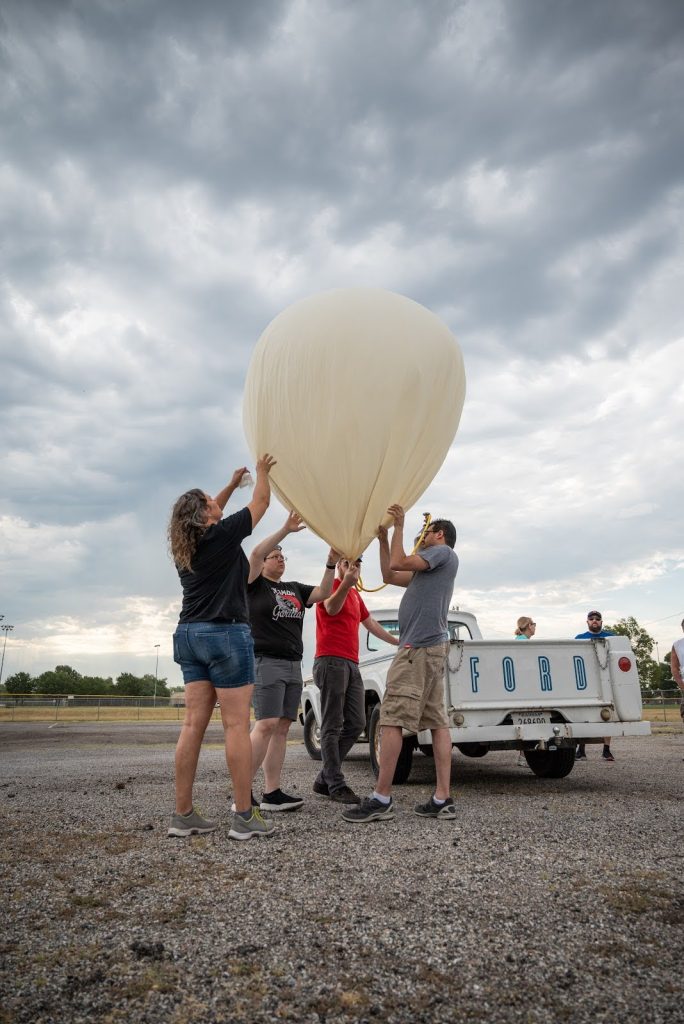
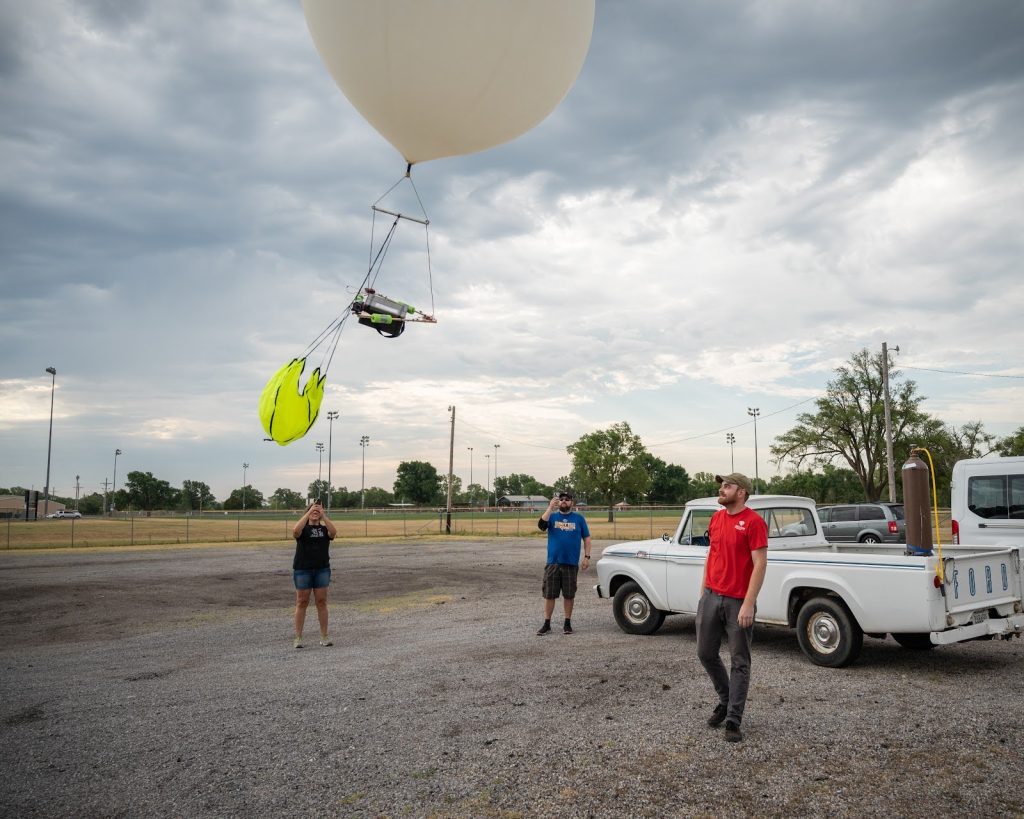
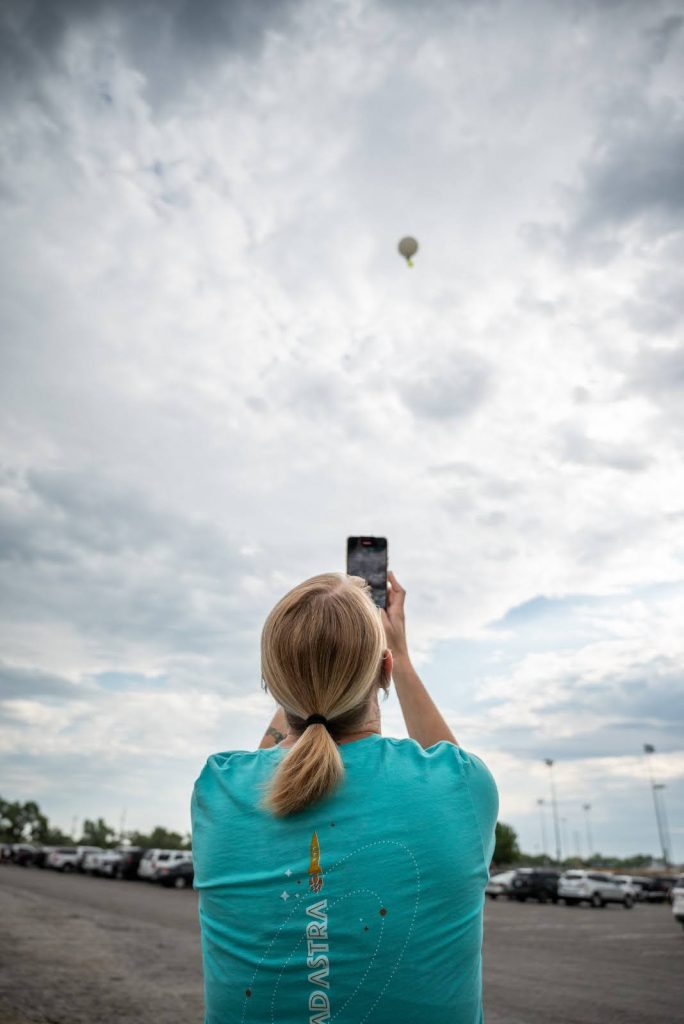
This year’s Teacher STEM Camp will take place from Jun. 25 to Jun. 28, 2024. Like Coffman and Banning, attendees at this year’s camp will also program and launch an Arduino experiment package on a high altitude balloon. Additionally, they’ll conduct a mission to recover lost spacecraft parts using an underwater drone, complete a simulated Earth-orbit mission in the Cosmosphere’s Astralis spaceflight simulator, and they’ll take home space-flown basil seeds for their own experimentation. While the initial cost is $100, teachers will receive a refund after they attend the camp. Registration is open now, so click this link to register for the 2024 Teacher STEM Camp!
References:
- https://tis.org/wp-content/uploads/2023/07/2022_23-CubeSat-Flight-Experiments.pdf
- https://www.linkedin.com/posts/teachers-in-space-inc._cubesat-experiments-spaceflight-activity-7141870698230149121-vDBn
- https://www.blueorigin.com/news/new-shepard-ns-24-mission-announcement#:~:text=New%20Shepard%20will%20fly%20its,20%20minutes%20on%20BlueOrigin.com.
- https://spaceflightnow.com/2023/12/19/blue-origin-launches-new-shepard-rocket-on-return-to-flight-mission/
- https://perlanproject.org

